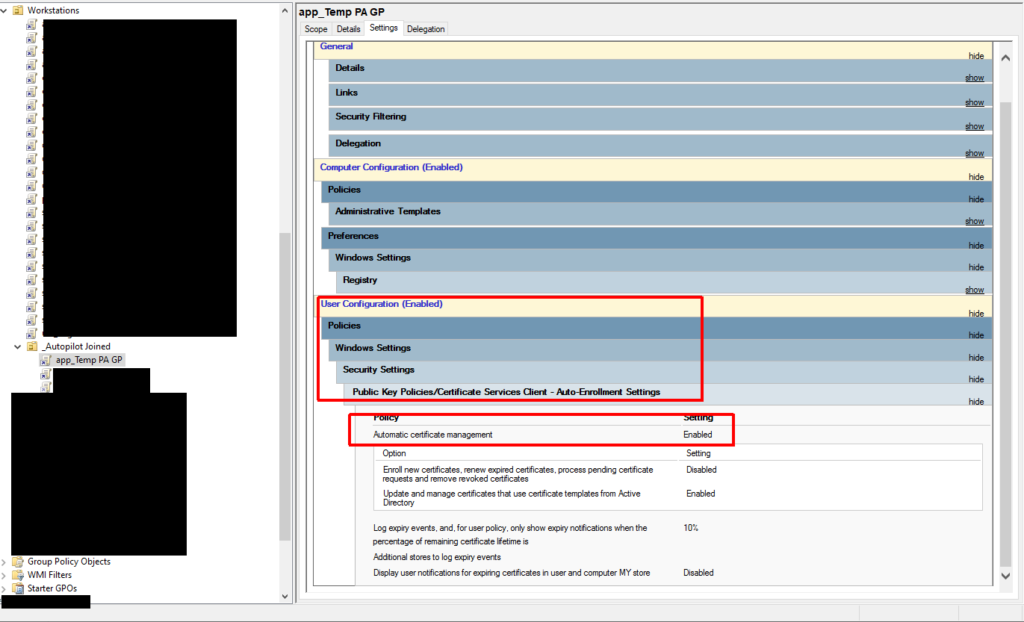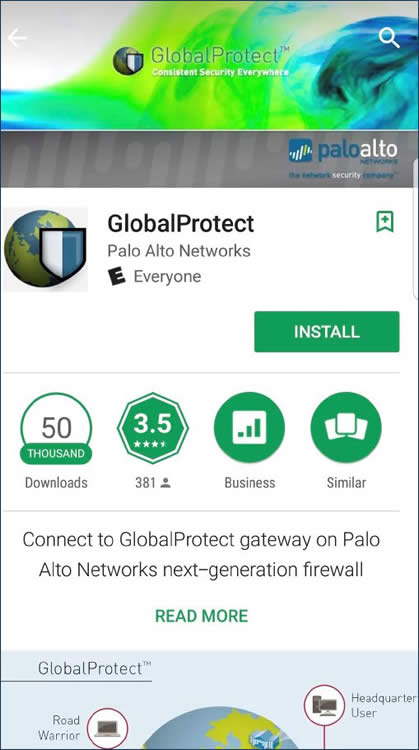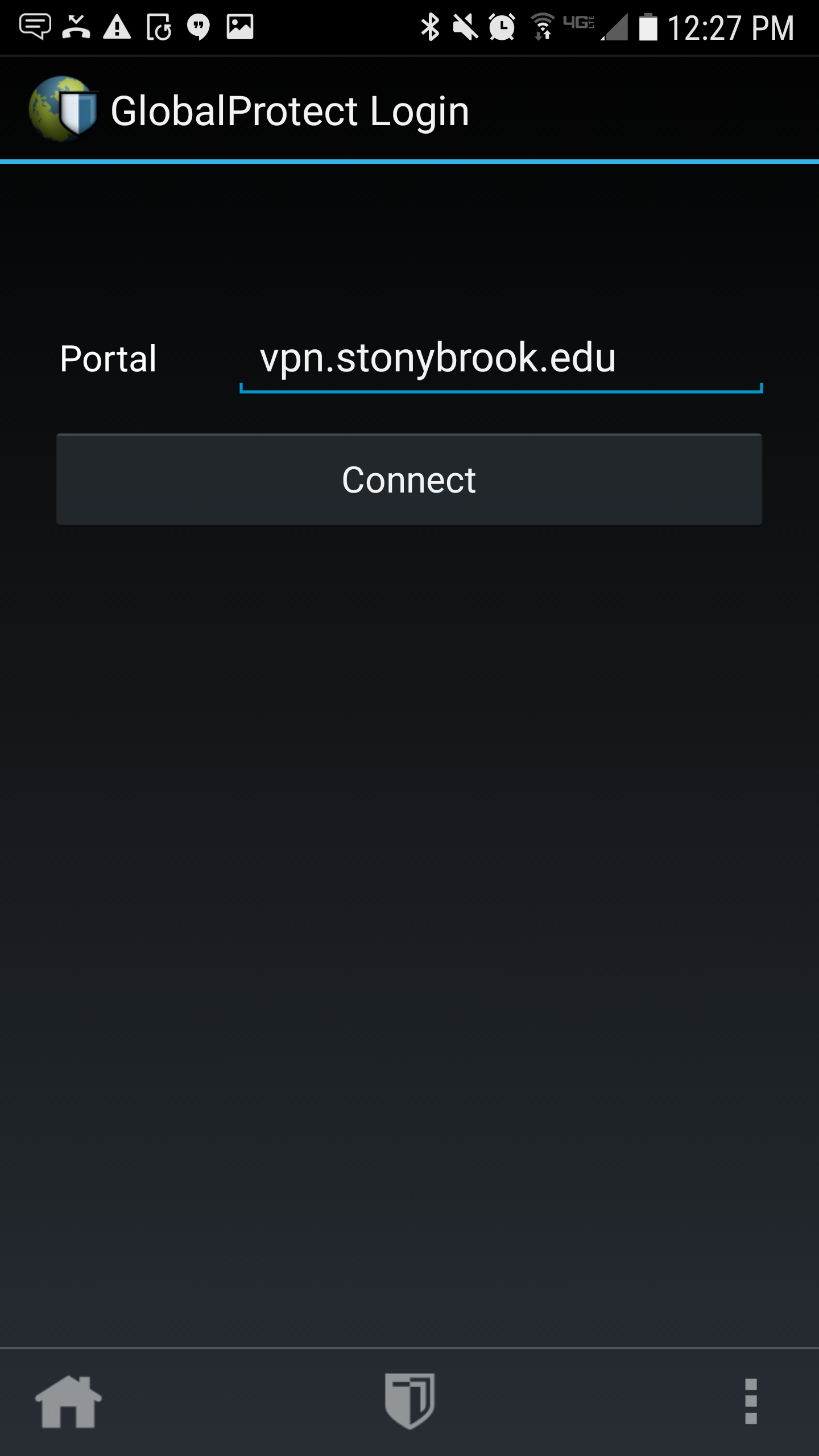- Config 'Agent-1': GlobalProtect App Dynamic Configuration misses information for 'show-system-tray-notifications'. Panorama/Firewalls; Apps&Threats version greater than 8252; Cause The system tray notification was deprecated with GlobalProtect version 4.1 and removed with content update 8252-6025.
- If that’s the case, watch the videos below for descriptions on how to install and access the GlobalProtect app on your electronic device. The videos also give a clear overview of which resources are accessible for use through the app. Always remember to connect to the GlobalProtect app before you start working.
- GlobalProtect App for Windows Before connecting to the GlobalProtect network, you must download and install the GlobalProtect app on your Windows endpoint. Use the following steps to download and install the app: To run GlobalProtect app 5.0, Windows endpoints require Visual C Redistributables 12.0.3 for Visual Studio 2013.
GlobalProtect is a Shareware software in the category Education developed by Palo Alto Networks. It was checked for updates 691 times by the users of our client application UpdateStar during the last month. The latest version of GlobalProtect is currently unknown. It was initially added to our database on. Laptops, smartphones, and tablets with the GlobalProtect app automatically establish a secure IPsec/SSL VPN connection to the next-generation firewall using the best gateway, thus providing the organization with full visibility of all network traffic, applications, ports, and protocols.
In this tutorial, you'll learn how to integrate Palo Alto Networks - GlobalProtect with Azure Active Directory (Azure AD). When you integrate Palo Alto Networks - GlobalProtect with Azure AD, you can:
- Control in Azure AD who has access to Palo Alto Networks - GlobalProtect.
- Enable your users to be automatically signed-in to Palo Alto Networks - GlobalProtect with their Azure AD accounts.
- Manage your accounts in one central location - the Azure portal.
Prerequisites
To get started, you need the following items:
- An Azure AD subscription. If you don't have a subscription, you can get a free account.
- Palo Alto Networks - GlobalProtect single sign-on (SSO) enabled subscription.
Scenario description
In this tutorial, you configure and test Azure AD SSO in a test environment.
- Palo Alto Networks - GlobalProtect supports SP initiated SSO
- Palo Alto Networks - GlobalProtect supports Just In Time user provisioning
Adding Palo Alto Networks - GlobalProtect from the gallery
To configure the integration of Palo Alto Networks - GlobalProtect into Azure AD, you need to add Palo Alto Networks - GlobalProtect from the gallery to your list of managed SaaS apps.
- Sign in to the Azure portal using either a work or school account, or a personal Microsoft account.
- On the left navigation pane, select the Azure Active Directory service.
- Navigate to Enterprise Applications and then select All Applications.
- To add new application, select New application.
- In the Add from the gallery section, type Palo Alto Networks - GlobalProtect in the search box.
- Select Palo Alto Networks - GlobalProtect from results panel and then add the app. Wait a few seconds while the app is added to your tenant.
Configure and test Azure AD SSO for Palo Alto Networks - GlobalProtect
Configure and test Azure AD SSO with Palo Alto Networks - GlobalProtect using a test user called B.Simon. For SSO to work, you need to establish a link relationship between an Azure AD user and the related user in Palo Alto Networks - GlobalProtect.
To configure and test Azure AD SSO with Palo Alto Networks - GlobalProtect, perform the following steps:
- Configure Azure AD SSO - to enable your users to use this feature.
- Create an Azure AD test user - to test Azure AD single sign-on with B.Simon.
- Assign the Azure AD test user - to enable B.Simon to use Azure AD single sign-on.
- Configure Palo Alto Networks - GlobalProtect SSO - to configure the single sign-on settings on application side.
- Create Palo Alto Networks - GlobalProtect test user - to have a counterpart of B.Simon in Palo Alto Networks - GlobalProtect that is linked to the Azure AD representation of user.
- Test SSO - to verify whether the configuration works.
Configure Azure AD SSO
Follow these steps to enable Azure AD SSO in the Azure portal.
In the Azure portal, on the Palo Alto Networks - GlobalProtect application integration page, find the Manage section and select single sign-on.
On the Select a single sign-on method page, select SAML.
On the Set up single sign-on with SAML page, click the pencil icon for Basic SAML Configuration to edit the settings.
On the Basic SAML Configuration section, enter the values for the following fields:
a. In the Sign on URL text box, type a URL using the following pattern:
https://<Customer Firewall URL>b. In the Identifier (Entity ID) text box, type a URL using the following pattern:
https://<Customer Firewall URL>/SAML20/SPNote
These values are not real. Update these values with the actual Sign on URL and Identifier. Contact Palo Alto Networks - GlobalProtect Client support team to get these values. You can also refer to the patterns shown in the Basic SAML Configuration section in the Azure portal.
On the Set up single sign-on with SAML page, in the SAML Signing Certificate section, find Federation Metadata XML and select Download to download the certificate and save it on your computer.
On the Set up Palo Alto Networks - GlobalProtect section, copy the appropriate URL(s) based on your requirement.

Create an Azure AD test user
In this section, you'll create a test user in the Azure portal called B.Simon.
- From the left pane in the Azure portal, select Azure Active Directory, select Users, and then select All users.
- Select New user at the top of the screen.
- In the User properties, follow these steps:
- In the Name field, enter
B.Simon. - In the User name field, enter the username@companydomain.extension. For example,
B.Simon@contoso.com. - Select the Show password check box, and then write down the value that's displayed in the Password box.
- Click Create.
- In the Name field, enter

Assign the Azure AD test user
In this section, you'll enable B.Simon to use Azure single sign-on by granting access to Palo Alto Networks - GlobalProtect.

- In the Azure portal, select Enterprise Applications, and then select All applications.
- In the applications list, select Palo Alto Networks - GlobalProtect.
- In the app's overview page, find the Manage section and select Users and groups.
- Select Add user, then select Users and groups in the Add Assignment dialog.
- In the Users and groups dialog, select B.Simon from the Users list, then click the Select button at the bottom of the screen.
- If you are expecting a role to be assigned to the users, you can select it from the Select a role dropdown. If no role has been set up for this app, you see 'Default Access' role selected.
- In the Add Assignment dialog, click the Assign button.
Configure Palo Alto Networks - GlobalProtect SSO
Open the Palo Alto Networks - GlobalProtect as an administrator in another browser window.
Click on Device.
Select SAML Identity Provider from the left navigation bar and click 'Import' to import the metadata file.
Perform following actions on the Import window
a. In the Profile Name textbox, provide a name e.g Azure AD GlobalProtect.
b. In Identity Provider Metadata, click Browse and select the metadata.xml file which you have downloaded from Azure portal
c. Click OK
Create Palo Alto Networks - GlobalProtect test user
In this section, a user called B.Simon is created in Palo Alto Networks - GlobalProtect. Palo Alto Networks - GlobalProtect supports just-in-time user provisioning, which is enabled by default. There is no action item for you in this section. If a user doesn't already exist in Palo Alto Networks - GlobalProtect, a new one is created after authentication.
Test SSO

In this section, you test your Azure AD single sign-on configuration with following options.

Click on Test this application in Azure portal. This will redirect to Palo Alto Networks - GlobalProtect Sign-on URL where you can initiate the login flow.
Go to Palo Alto Networks - GlobalProtect Sign-on URL directly and initiate the login flow from there.
You can use Microsoft My Apps. When you click the Palo Alto Networks - GlobalProtect tile in the My Apps, you should be automatically signed in to the Palo Alto Networks - GlobalProtect for which you set up the SSO. For more information about the My Apps, see Introduction to the My Apps.
Next steps
Globalprotect Apple M1
Once you configure Palo Alto Networks - GlobalProtect you can enforce session control, which protects exfiltration and infiltration of your organization’s sensitive data in real time. Session control extends from Conditional Access. Learn how to enforce session control with Microsoft Cloud App Security.